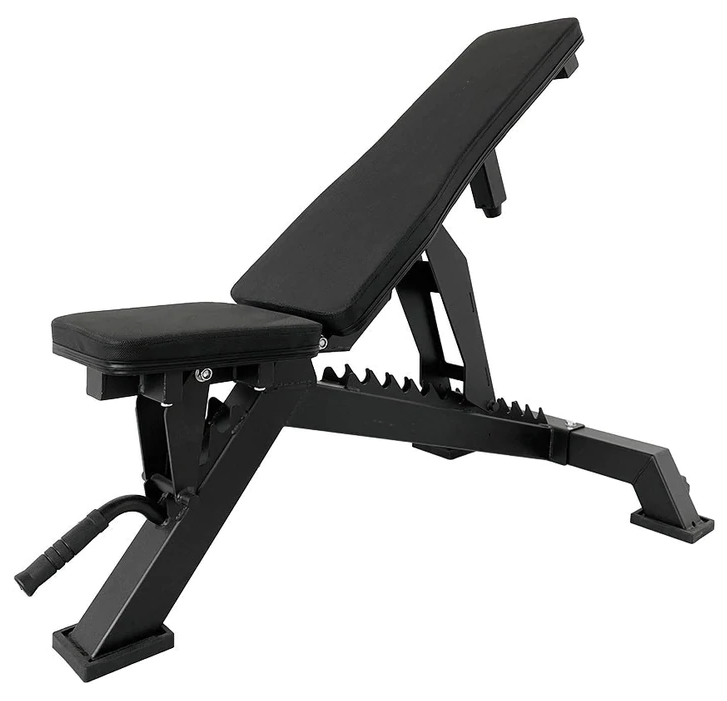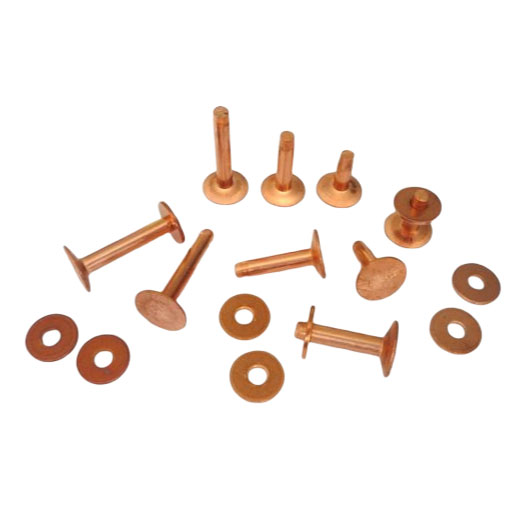CNC Turning
CNC turning, also known as CNC lathe machining, is a widely used method for producing mechanical parts with rotational symmetry. It involves the use of a computer-controlled lathe machine to remove material from a workpiece, resulting in the desired shape and dimensions. CNC turning is suitable for ......
Send Inquiry
Product Description
CNC turning, also known as CNC lathe machining, is a widely used method for producing mechanical parts with rotational symmetry. It involves the use of a computer-controlled lathe machine to remove material from a workpiece, resulting in the desired shape and dimensions. CNC turning is suitable for manufacturing a variety of mechanical parts, including shafts, pins, bushings, connectors, and threaded components. Here's an overview of mechanical parts CNC turning:
1. Rotational Symmetry: CNC turning is particularly effective for parts with rotational symmetry, such as cylindrical or conical shapes. The lathe machine rotates the workpiece while cutting tools remove material, resulting in the desired shape and dimensions.
2. Material Compatibility: CNC turning can work with a wide range of materials, including metals (such as steel, aluminum, brass, and titanium) and engineering plastics. The choice of material depends on the specific application requirements, including strength, durability, and environmental factors.
3. Precision and Accuracy: CNC turning offers excellent precision and accuracy, allowing for tight tolerances and high-quality surface finishes. The computer-controlled machine ensures consistent and repeatable results, minimizing variations and errors during production.
4. Versatility: CNC turning machines can perform various operations, including facing, contouring, grooving, threading, and drilling. They can produce complex geometries, internal and external features, and different types of threads, meeting the diverse requirements of mechanical parts.
5. Efficiency and Productivity: CNC turning offers high efficiency and productivity due to its ability to perform multiple operations in a single setup. Automated tool changers and bar feeders further enhance productivity by reducing setup times and enabling continuous production.
6. Prototyping and Production: CNC turning is suitable for both prototyping and production of mechanical parts. It allows for the rapid production of prototypes to test and validate designs before moving into full-scale production. CNC turning machines can then be used for mass production to meet the required quantities.
7. Quality Control: CNC turning incorporates advanced measurement and inspection techniques to ensure the quality of mechanical parts. In-process inspections and post-production inspections using precision measurement tools like micrometers and calipers help verify dimensional accuracy and adherence to specifications.
8. Cost-Effectiveness: CNC turning offers cost-effective production, particularly for high-volume manufacturing. Once the CNC program is set up, it can be easily replicated for subsequent production runs, reducing labor costs and ensuring consistent quality.
It's important to note that CNC turning requires skilled operators who can program the machine, set up the workpiece, and monitor the machining process. Proper selection of cutting tools, feeds, and speeds is also crucial to achieve optimal results. By utilizing CNC turning, manufacturers can efficiently produce precise and high-quality mechanical parts for a wide range of applications.










